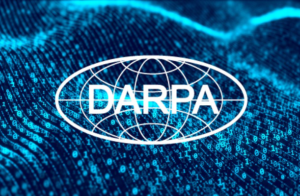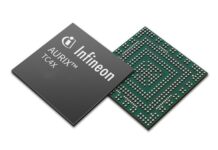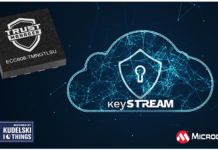
Cybersecurity infrastructure is taking a leap forward with the support of the Defense Advanced Research Projects Agency (DARPA), the research unit of the U.S. Department of Defense (that helped create the internet , among other things). In September, DARPA paved the way for government use of blockchain technology.
The agency has funded a handful of startups to develop blockchain uses for secure communications, and perhaps more, from weapons systems to file storage. While many have seen the banking industry as an early adopter of this technology and the heftiest of spenders, there is an expectation that billions of dollars will flow into the blockchain market over the next five years from other sources as well, with banks acting as the entry point in creating a degree of legitimacy.
DARPA awarded a $1.8 million contract to a computer security firm called Galois . The firm’s assignment is to formally verify – through a sort of computer-code audit using mathematics – a particular type of blockchain technology supplied by a company called Guardtime. Formal verification is one way to build nearly unhackable code and it’s a big part of DARPA’s approach to security .
The case for using a blockchain boils down to a concept in computer security known as ” information integrity .” That’s essentially the ability to track when a system or piece of data has been viewed or modified.
In a Quartz article , DARPA’s program manager behind the blockchain effort, Timothy Booher, offers this analogy: “Instead of trying to make the walls of a castle as tall as possible to prevent an intruder from getting in, it’s more important to know if anyone has been inside the castle, and what they’re doing there.”
In DARPA’s use cases, blockchain technology could create important intelligence around whether a hacker has modified something in a database, or if they are intruding and surveilling a particular military system. As it is difficult to keep out every single hostile player, data integrity – the ability to track if information has been viewed or modified – may be more important.
The blockchain operates as a decentralized ledger that timestamps any change that occurs, offering a way for these agencies to quickly know who has infiltrated the system and what they did within it. As a result of its distributed nature and instantaneous recording, the blockchain is vastly more resistant to tampering than centralized systems. This could alert military and intelligence authorities if a hacker is surveying a particular military system or has made modifications, without allowing the actor to cover their tracks.
The notion of the U.S. military using a blockchain to secure crucial data may create another boom in its value outside of fintech. To date, investors have added over $1.4 billion to blockchain in 2016 according to PwC Expert. The prospect could also spark a boom in uses of the technology outside of finance. Information security represents a huge new market for blockchain technology vendors, accounting for $75 billion in spending last year, and projected to hit $108 billion in 2019, according to forecasts by market research firm Gartner.
Blockchain technology still has hurdles in reaching the magic that it promises, with performance kinks still being ironed out. However, the approach poses obvious advantages for traditional security software, which leaves a lag in the time it takes to detect a hacker. Most invaders spend 150 days on a network before they are discovered, according to Cybersecurity Ventures.
DARPA’s hedging ushers in an enormous step forward in cybersecurity infrastructure.
By Jill Richmond
Source: www.nasdaq.com

















